The office has transformed dramatically through the last decades: in layout, style, colors, work culture, and in technology. These decades saw the worker become more individualistic, with office design becoming more ergonomic and more high tech.
It wasn’t until the 1960s that the open office really started to gain traction as a popular design for workplaces. Bürolandschaft, originally a German design approach that translates to “office landscape,” aimed to democratize the workplace and create more interaction among colleagues.
In response to the growing popularity of the vast, open office space, Robert Propst, president of Herman Miller Research Corp., wrote, “Today’s office is a wasteland. It saps vitality, blocks talent, frustrates accomplishment. It is the daily scene of unfulfilled intentions and failed effort.”
In 1964 the Herman Miller furniture company introduced the Action Office, a flexible combination of desks, tables, and walls. It was colorful and elegant, intended to liberate workers by enhancing their freedom of movement and privacy.
But the need for office space was growing quickly in the late 1960s and 1970s. Companies demanded furniture that was cheaper, more adaptable, and required less space.
Herman Miller redesigned the Action Office to be smaller and lighter, and other furniture companies introduced copycat versions. The cubicle was born.
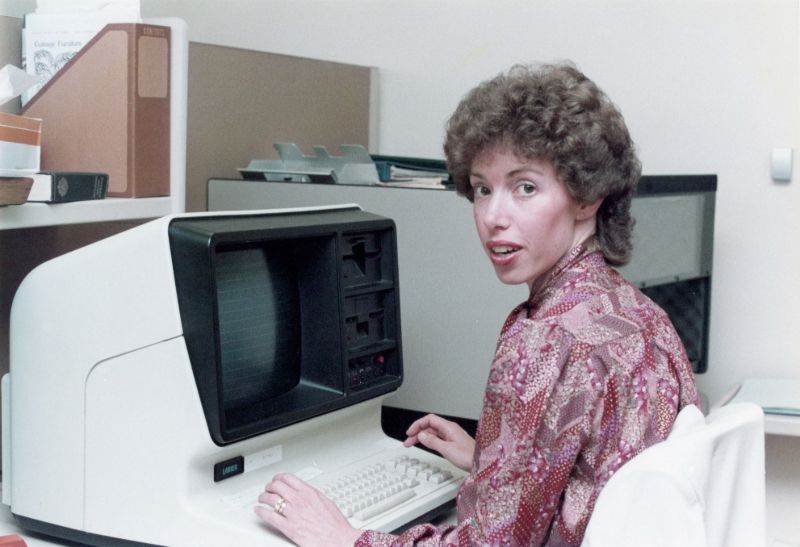
The Action Office II aimed to give employees more privacy. Cubicles eventually became a billion-dollar industry; many companies used them as a way to fit more people into small offices.
Robert Propst, the inventor of the Action Office, spent his final years apologizing for his creation. “Not all organizations are intelligent and progressive,” he said in 1998, two years before he died. “Lots are run by crass people. They make little, bitty cubicles and stuff people in them. Barren, rathole places.”
While it might be common to flounce into work wearing whatever you like with just a lanyard to show you are staff, in the 70s it was nothing like that. Just as every cubicle had a rank-and-file style, every employee would turn up wearing the full regalia.
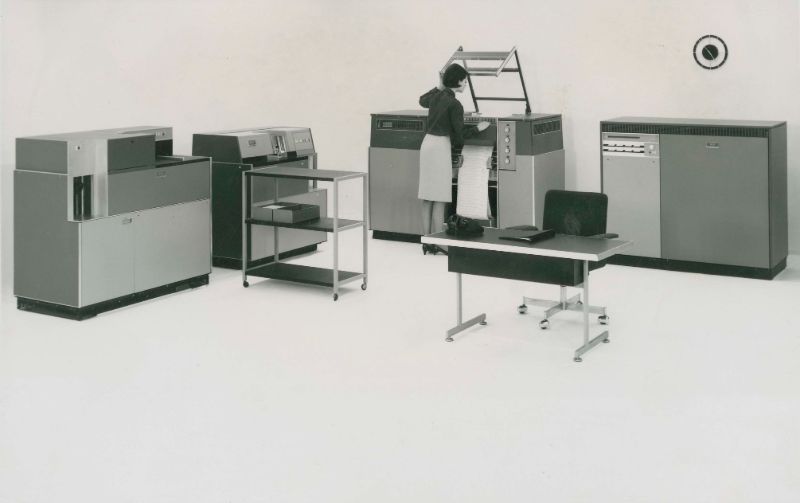
In the 1980s cubicles had well and truly taken over and were found in most office buildings. Technology was rapidly advancing, and more and more workers now had a computer.
Unfortunately, computers of the 1980s were absolutely huge so desks became more heavy duty during this time to cope with the weight and size. Office design of the 1980s was largely defined by the word ‘functionality’.
However, towards the end of the decade, it did start to become a bit more experimental. Lots of glass, concrete, and clean lines were introduced during this time.
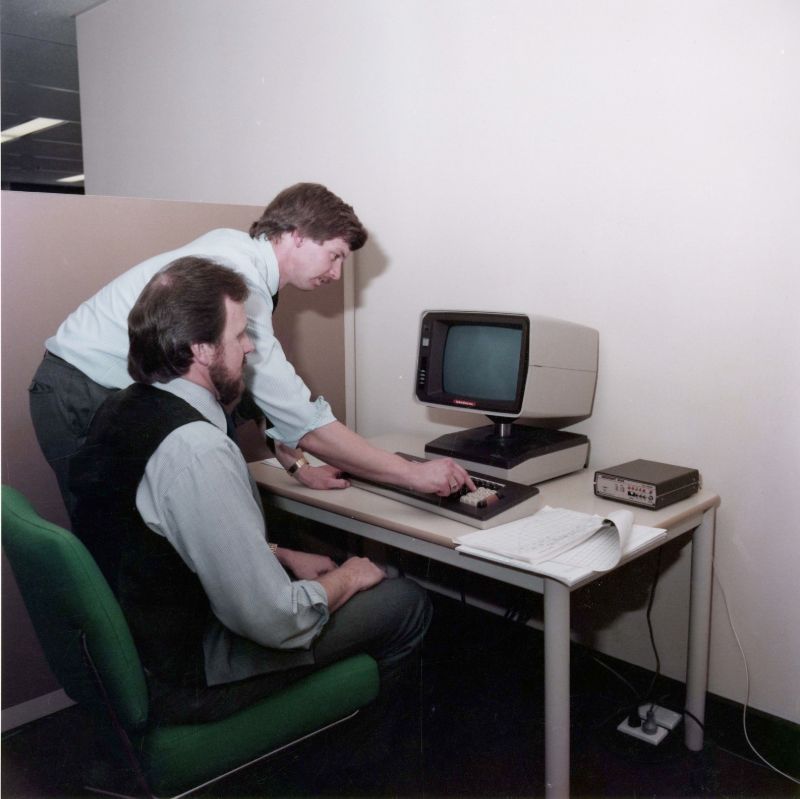
The concept of telecommuting was proposed in the early 1970s by Jack Nilles, a former NASA engineer. He offered it as an alternative to resource-draining transportation amid the oil crisis of that era.
His vision comprised satellite offices that allowed employees of a firm to work closer to where they lived, helping to reduce traffic congestion in urban areas.
In the 1980s and 1990s, technology improved and its costs fell, making teleworking viable for more jobs. Companies like IBM and J.C. Penney, and even U.S. federal agencies, began experimenting with remote work programs in order to reduce their office expenses and offer employees greater flexibility.
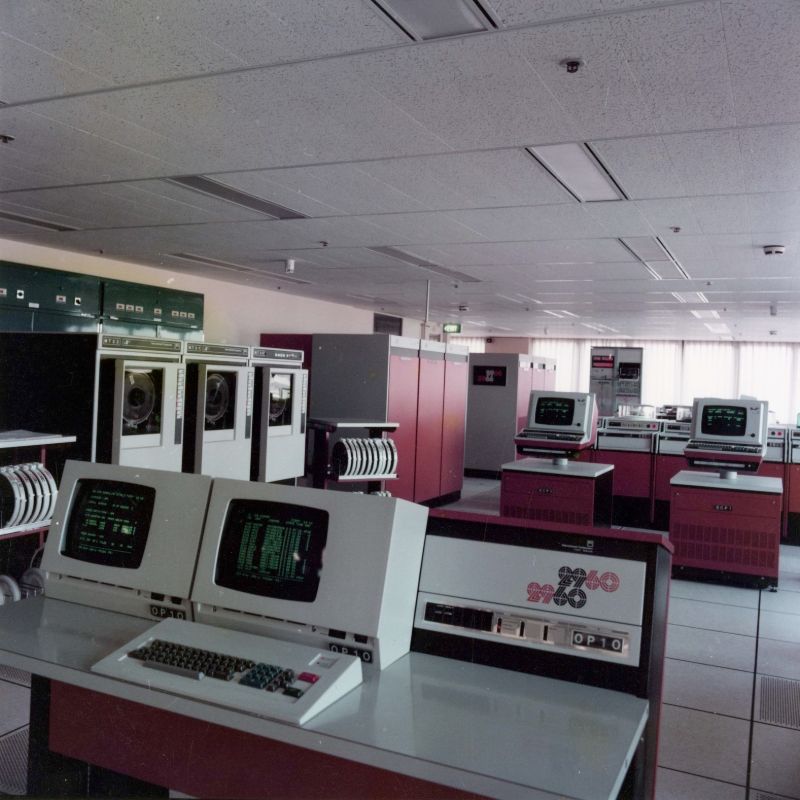

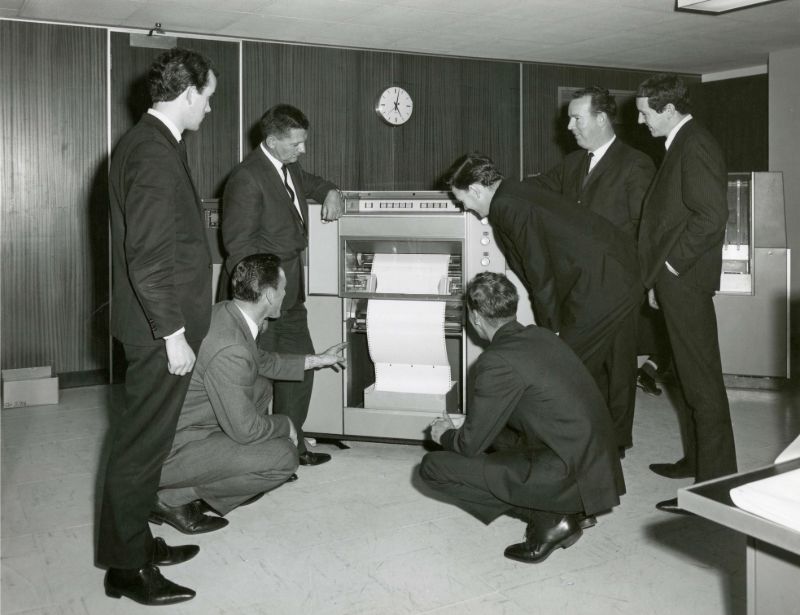
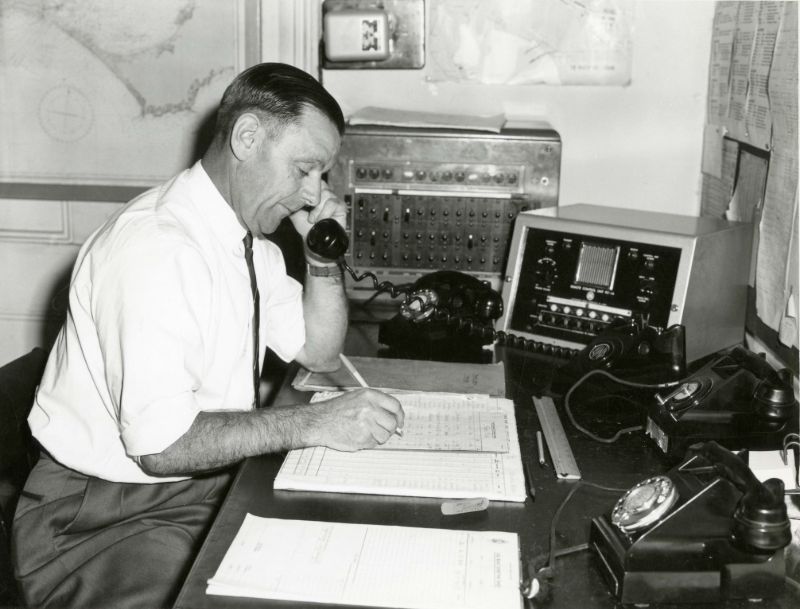
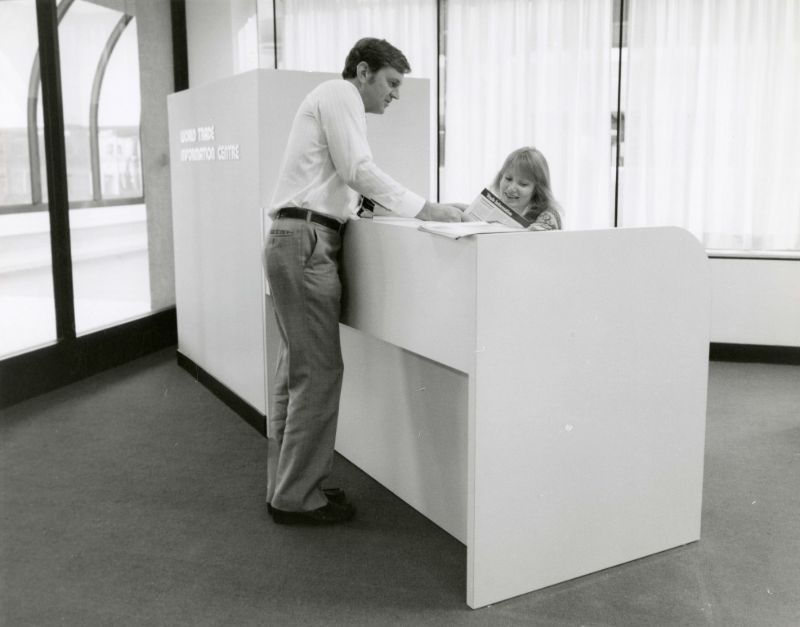
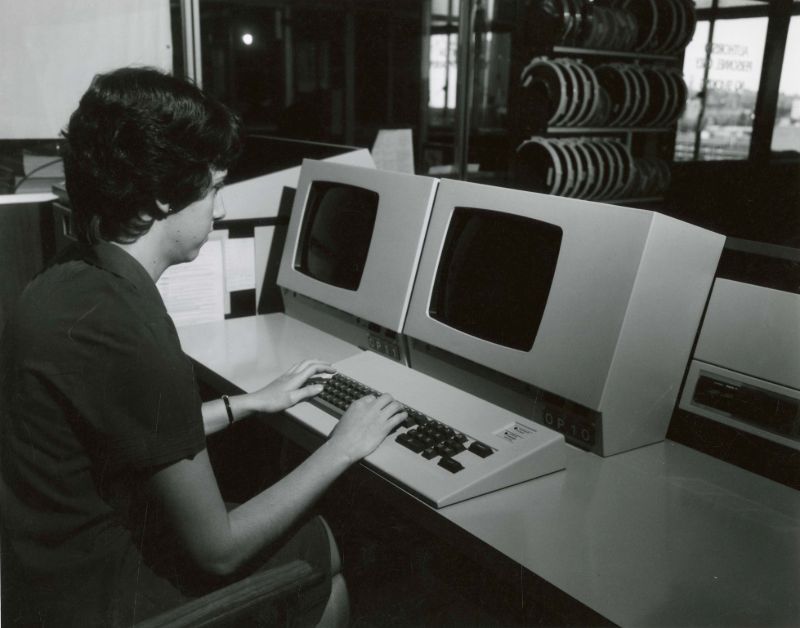

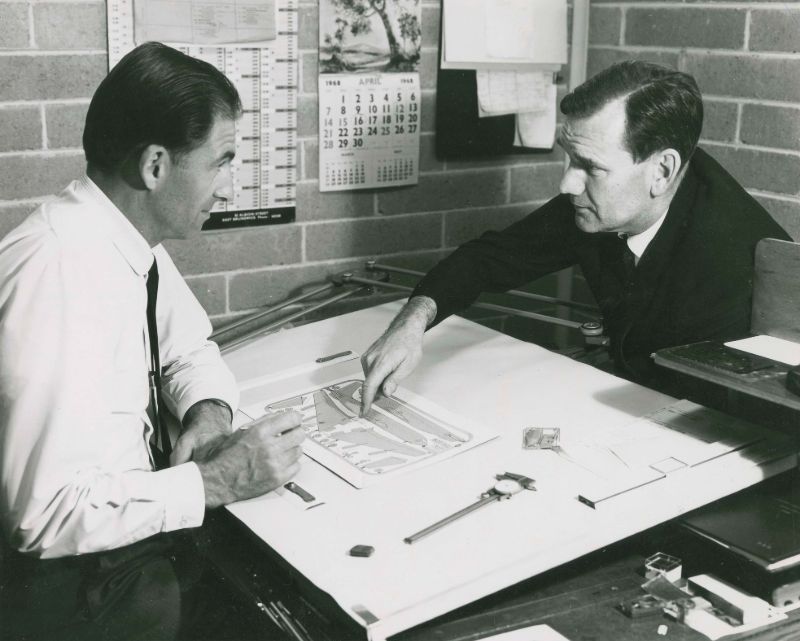
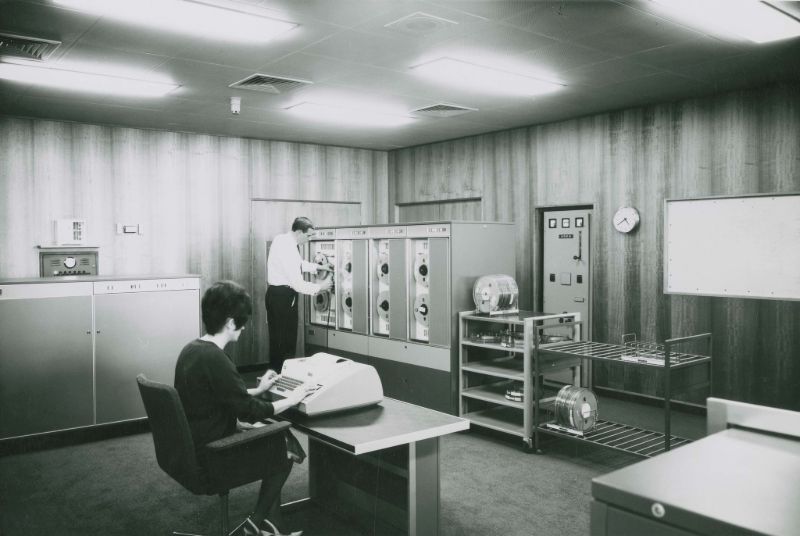
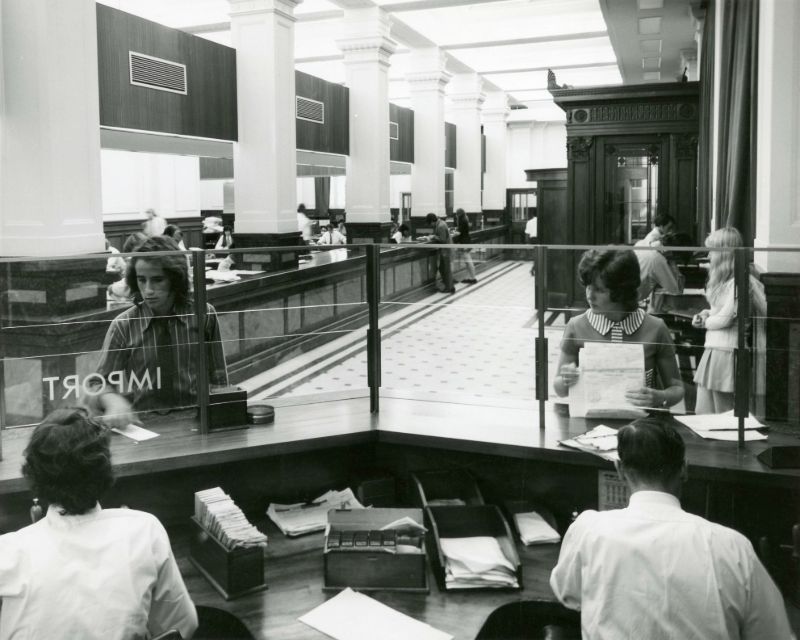
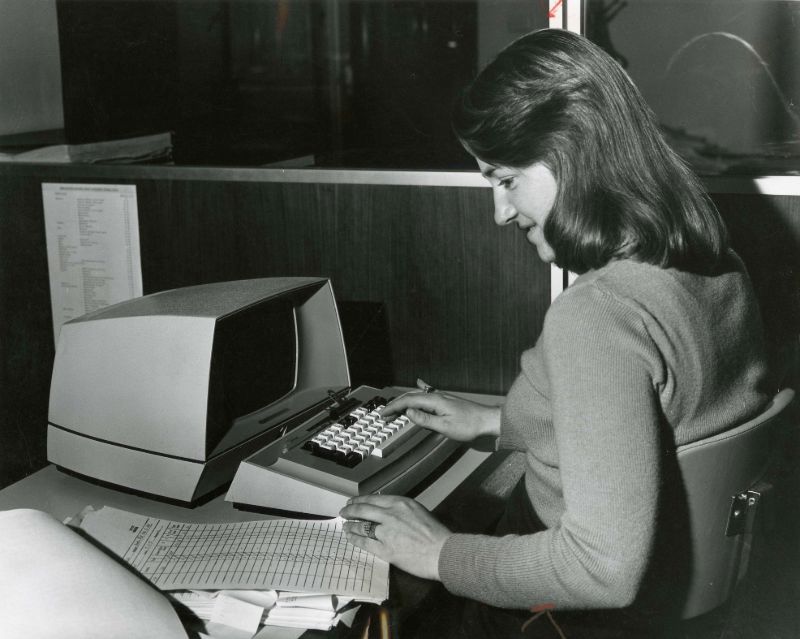
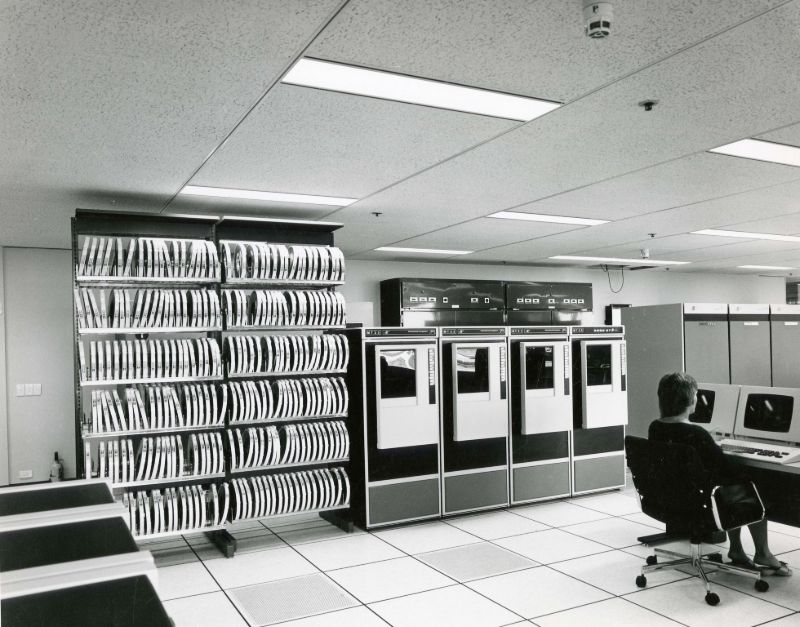
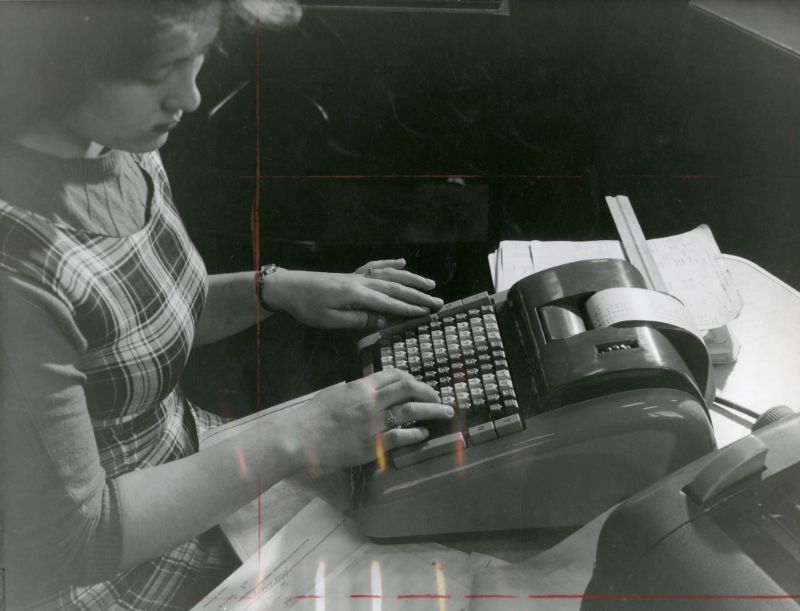
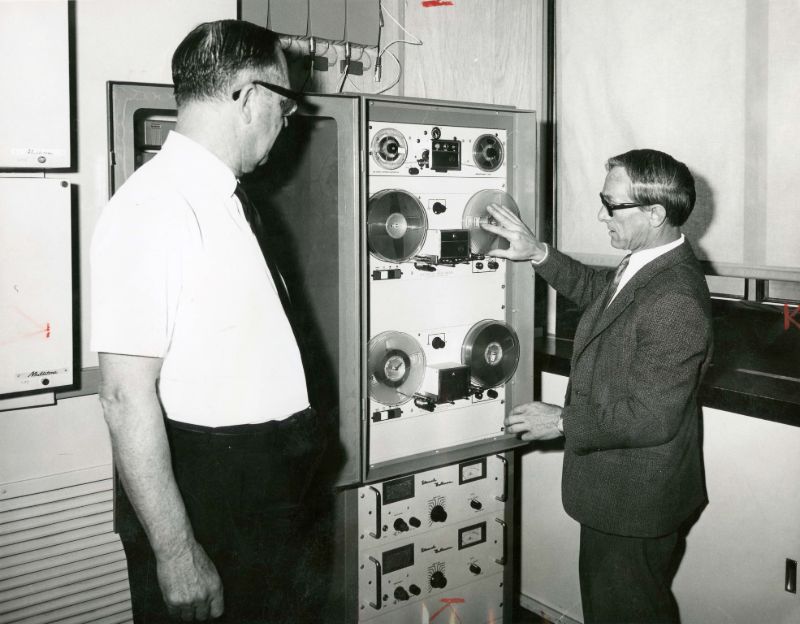
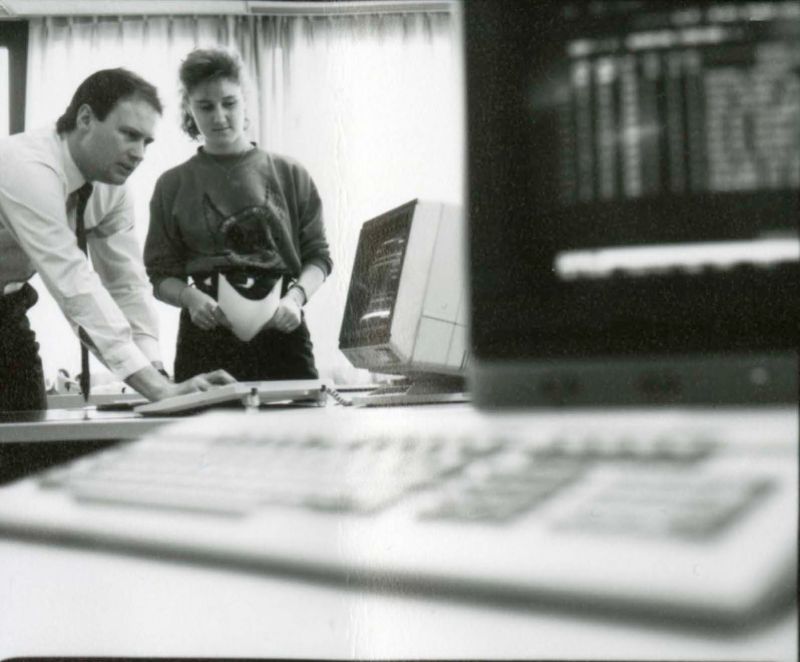
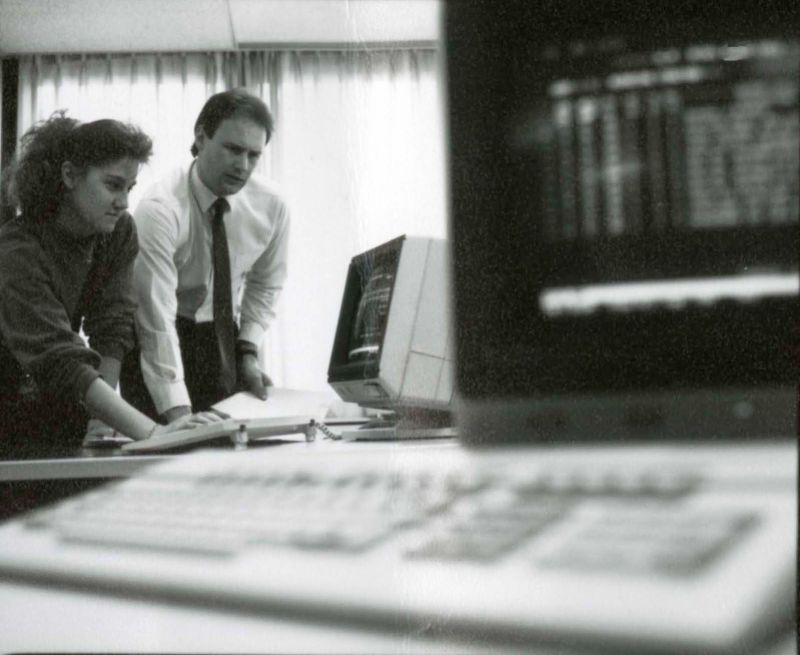
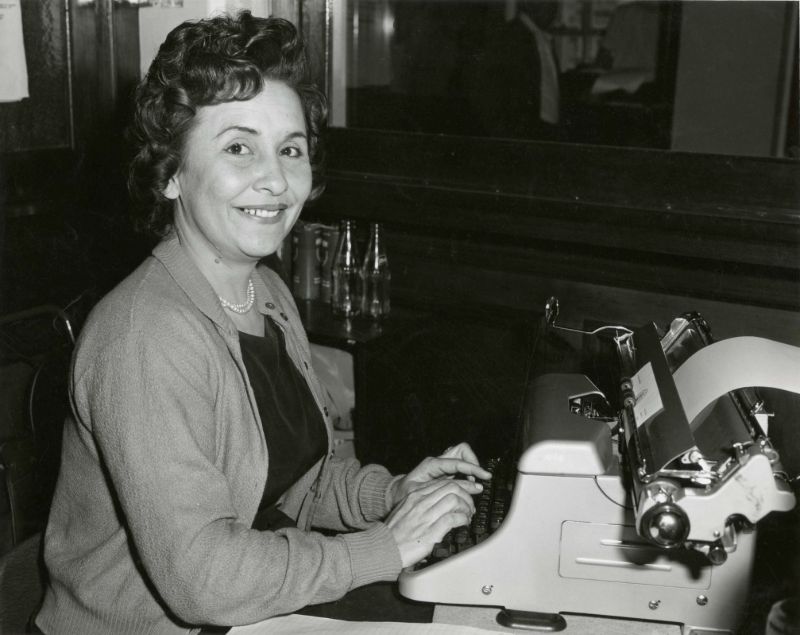

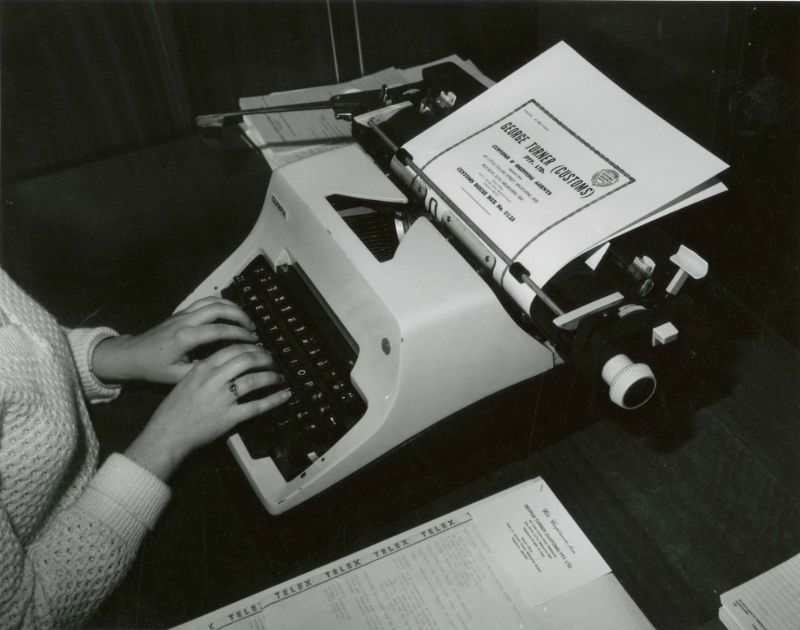
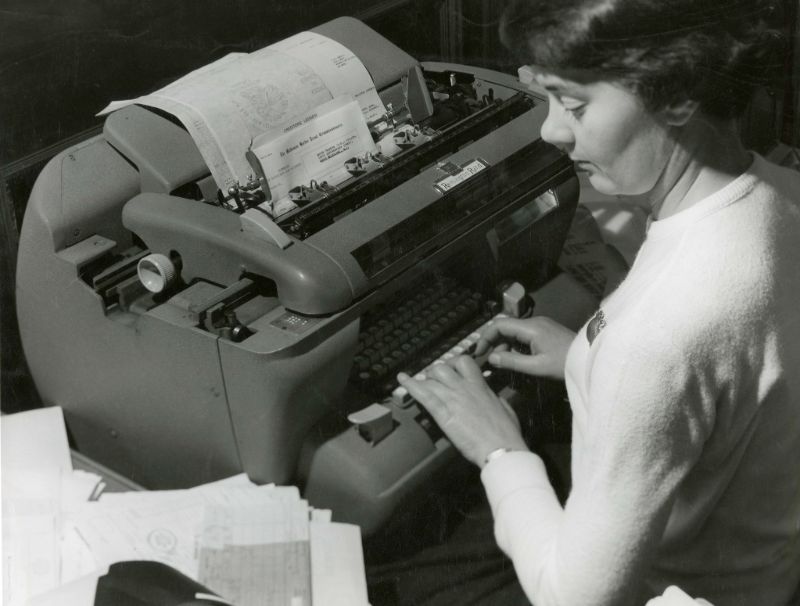
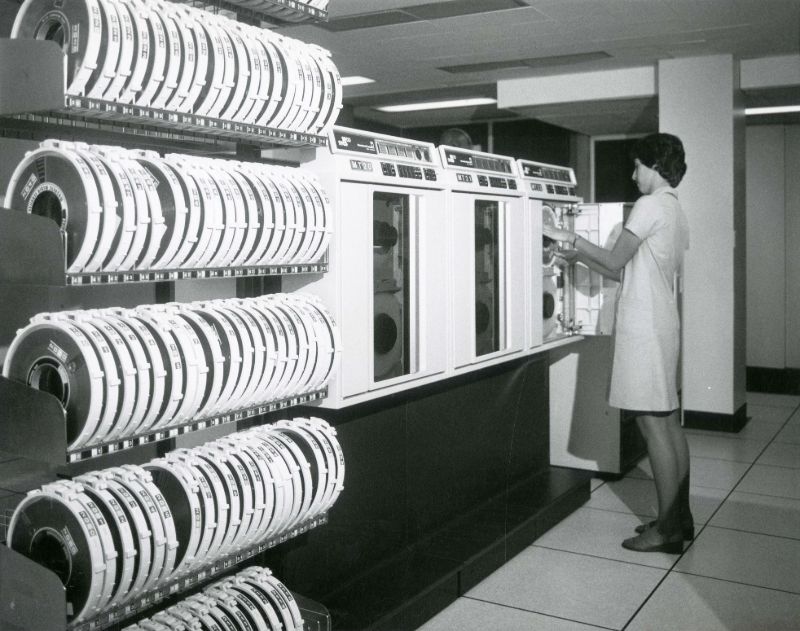
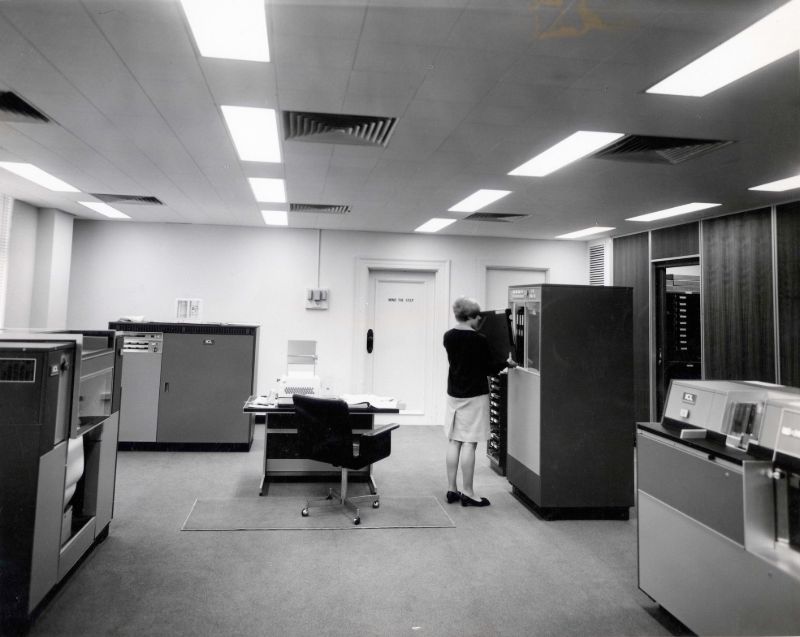
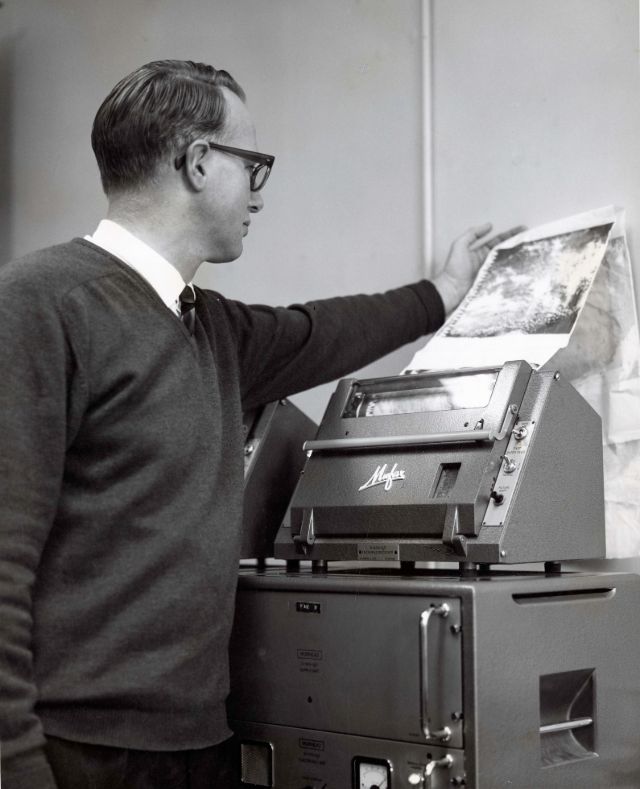
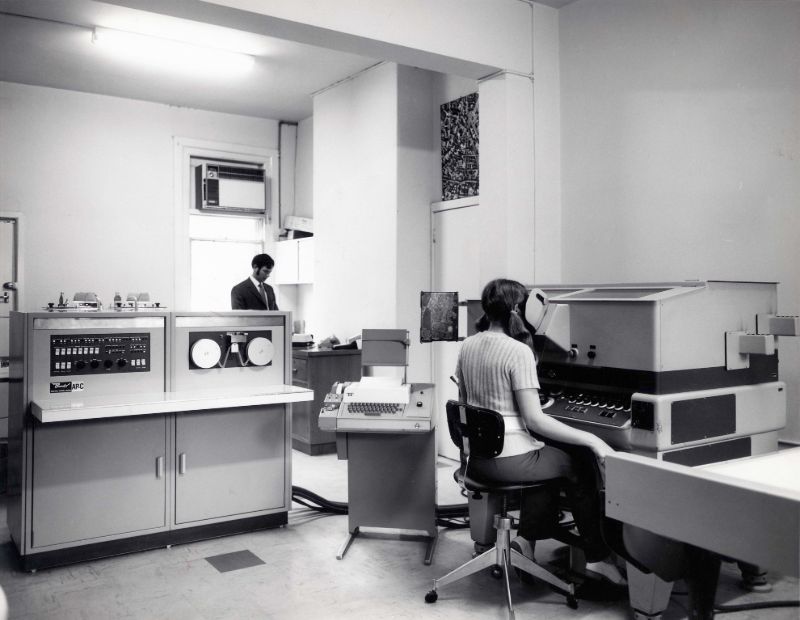
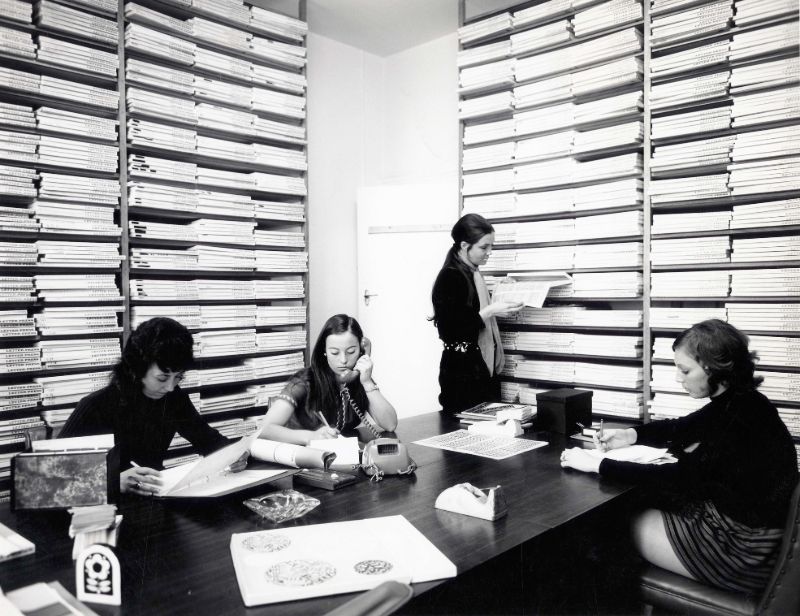
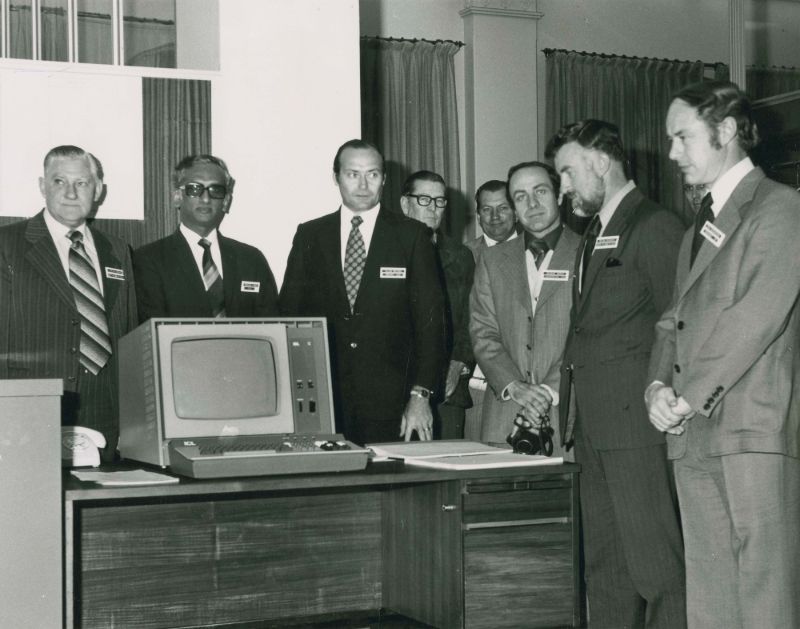
(Photo credit: Flickr / Public Record Office Victoria / Wikimedia Commons / bobmorris.biz).